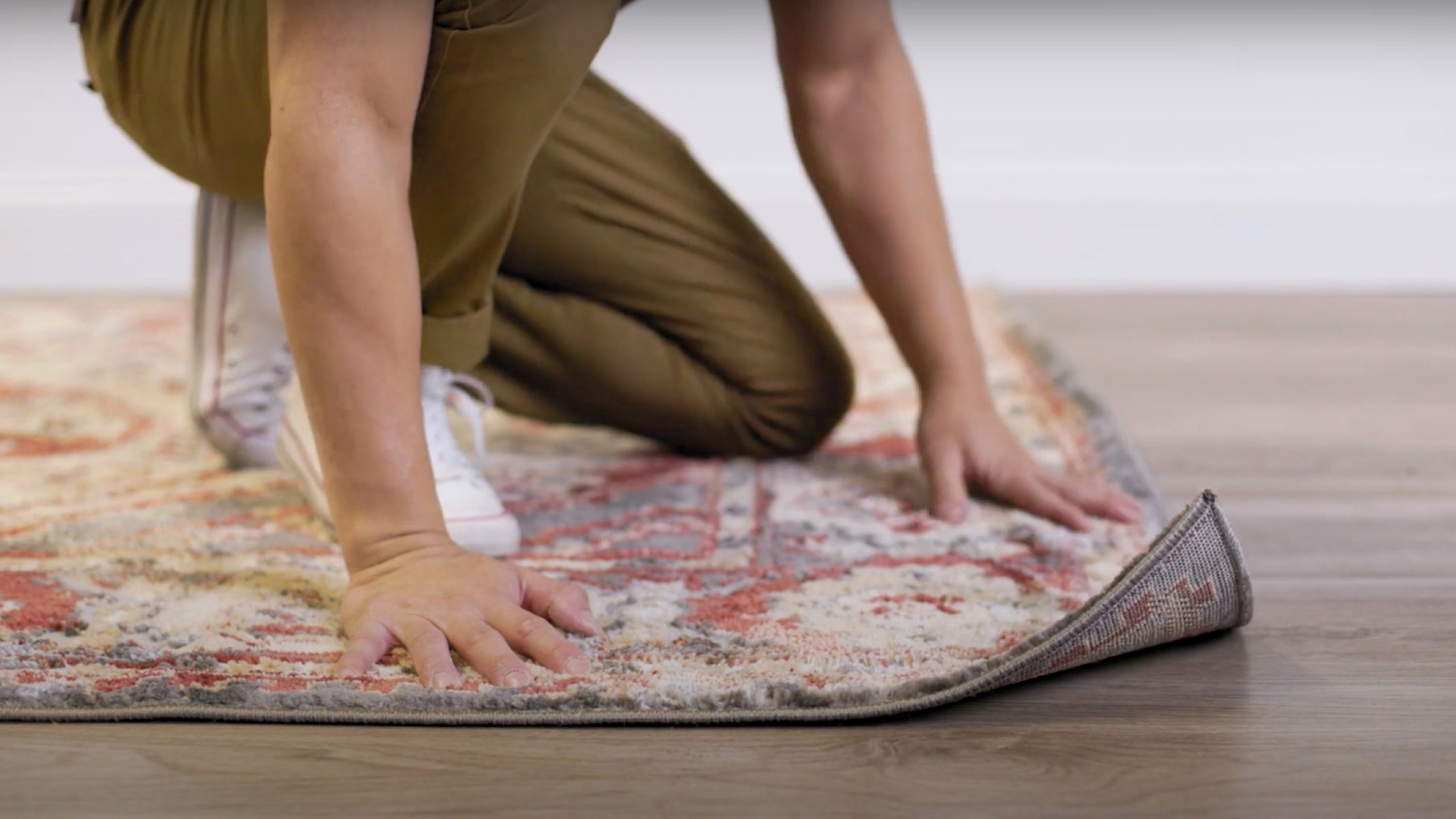

Articles
How To Keep Rugs From Curling Up
Modified: March 1, 2024
Prevent your rugs from curling up with these simple tips and tricks. Read our articles for expert advice on how to keep your rugs flat and in place.
(Many of the links in this article redirect to a specific reviewed product. Your purchase of these products through affiliate links helps to generate commission for Storables.com, at no extra cost. Learn more)
Introduction
Rugs are a wonderful addition to any home, adding warmth, style, and comfort to your living space. However, one common problem that many homeowners face is the issue of rugs curling up at the edges. Not only does this make the rug look unsightly, but it can also be a tripping hazard and cause frustration when trying to keep it in place. Thankfully, there are several effective methods to prevent rugs from curling up and ensure they stay flat on the floor.
In this article, we will explore the reasons why rugs curl up, and provide you with practical solutions to keep your rugs in place. Whether you have a small area rug or a large statement piece, these tips will help you maintain the integrity of your flooring and create a safe and visually appealing environment.
Understanding why rugs curl up is essential in finding the right solutions to prevent it from happening. One of the primary causes of rug curling is the imbalance of tension between the top and bottom surfaces of the rug. This can occur due to several factors, such as the rug’s material, the humidity level in the room, or improper installation.
The type of rug material plays a significant role in its tendency to curl. Natural fibers, such as wool or cotton, can be more susceptible to curling compared to synthetic materials like nylon or polyester. The moisture content in the room can also affect the fibers, causing them to expand or contract, leading to curling. Additionally, if the rug is not properly secured to the floor or if it lacks sufficient padding, it may curl up over time due to movement and foot traffic.
Now that we understand the causes of rug curling, let’s explore some effective ways to prevent rugs from curling up and enjoy a flat and stable floor covering.
Key Takeaways:
- Prevent rug curling by using rug grippers, furniture weight, rug pads, steam, or adhesive. Choose the method that suits your rug type and flooring to maintain a flat and secure rug.
- Understanding the causes of rug curling is essential for implementing effective prevention methods. Experiment with different techniques to find the best approach for your specific rug and enjoy a visually appealing living space.
Read more: How To Keep Outdoor Rugs From Curling Up
Understanding why rugs curl up
Rug curling is a common issue that can occur with various types of rugs, whether they are area rugs, runners, or even wall-to-wall carpeting. Understanding the reasons behind this problem can help us find the most effective solutions to prevent it.
The primary cause of rug curling is the tension imbalance between the top and bottom surfaces of the rug. When the tension on the edges of the rug is different from the tension within the body, the rug can start to curl upwards or downwards. There are several factors that contribute to this tension imbalance:
- Incorrect installation: If a rug is not properly installed or anchored to the floor, it can easily shift and curl at the edges. This is especially common with lightweight rugs or those without a proper backing or underlay.
- Poor rug quality: Lower quality rugs may not have sufficient weight or structure to stay flat on the floor. Thin or flimsy rugs are more prone to curling, particularly at the edges.
- Improper storage: If a rug is rolled or folded for an extended period, it can develop a memory of the curled position. When unrolled, the rug may retain the curled shape, making it difficult to lay flat.
- Humidity and moisture: Natural fibers, such as wool or cotton, are more susceptible to changes in humidity. When exposed to high humidity or moisture, these fibers can absorb water and expand, leading to curling at the edges.
- Use of incorrect rug pad: Using the wrong type or size of rug pad can also contribute to the curling problem. A pad that is too small or not designed for your specific type of rug may not provide adequate support and stability.
It is important to note that some rug materials are naturally more prone to curling than others. For example, sisal rugs, which are made from natural plant fibers, tend to curl more easily due to their inherent stiffness. However, with the right preventive measures, even these types of rugs can be kept flat and secure.
By understanding the factors that contribute to rug curling, we can now explore the various techniques and solutions to prevent this issue. In the next section, we will discuss some practical ways to keep your rugs from curling up and maintain a smooth and stable floor covering.
Ways to prevent rugs from curling up
Dealing with a rug that constantly curls up at the edges can be frustrating. However, there are several effective methods you can use to prevent rugs from curling and keep them flat and secure on your floor. Let’s explore these solutions:
- Using rug grippers or double-sided tape: Rug grippers are adhesive strips that you can place along the edges of the rug to provide traction and keep it in place. Double-sided carpet tape can also be used for a similar purpose. These solutions work by creating a strong bond between the rug and the floor, preventing it from curling.
- Adding furniture or heavy objects on the edges: Placing furniture or heavy objects on the edges of the rug can help anchor it down and reduce curling. This method works particularly well for larger area rugs or hallway runners, where furniture can be placed strategically to apply pressure on the edges.
- Using rug pads or underlays: Rug pads or underlays provide cushioning and grip, preventing rugs from slipping or sliding on smooth surfaces. Opt for rug pads made of non-slip materials, such as rubber or felt, that offer good traction and stability. Make sure to choose a pad that is slightly smaller than the rug to ensure it remains hidden from view.
- Steam or ironing the edges: For rugs that have developed a slight curl, using steam or ironing can help flatten the edges. Take caution when using this method, as excessive heat or steam can damage certain rug materials. Test on a small inconspicuous area first and use a low heat setting to avoid any potential damage.
- Applying carpet adhesive or glue: In severe cases of rug curling, you can use carpet adhesive or glue specifically designed for this purpose. Apply a thin layer along the edges of the rug and press it firmly to the floor. This method provides a long-lasting solution, but keep in mind that it may damage the flooring underneath if you decide to remove the rug in the future.
It’s important to note that the effectiveness of each method may vary depending on the type of rug and flooring you have. Experiment with different solutions or consider a combination of methods to find the best approach for your specific situation.
Remember, prevention is key in maintaining a flat rug. Taking proactive measures, such as using rug grippers or choosing the right pad, can help prevent curling from occurring in the first place. Regularly inspect your rugs for signs of curling and address the issue promptly to ensure a safe and visually pleasing environment.
By implementing these preventative measures, you can enjoy your rugs without having to worry about them constantly curling up, creating a more enjoyable and seamless living space.
Using rug grippers or double-sided tape
Rug grippers and double-sided tape are practical and affordable solutions to prevent rugs from curling up. These adhesive products provide traction and grip, ensuring your rug stays securely in place on any type of flooring surface. Here’s how to effectively use rug grippers or double-sided tape:
Rug Grippers:
Rug grippers are adhesive strips that you can place along the edges of your rug to anchor it to the floor. They work by creating friction between the rug and the surface, preventing it from shifting or curling. Follow these steps to use rug grippers:
- Clean the floor: Before applying the rug grippers, make sure the floor surface is clean and free of any debris or dust. This will ensure optimal adhesion.
- Measure and cut the grippers: Measure the length of each side of your rug and cut the rug gripper strips accordingly. It’s essential to have enough gripper material to cover the entire length of the rug edge.
- Attach the grippers to the rug: Peel off the adhesive backing from the rug grippers and firmly press them onto the underside of the rug along the edges. Ensure that the grippers are evenly spaced and secure to the rug to provide maximum grip.
- Place the rug on the floor: Once the rug grippers are attached to the rug, carefully place the rug in its desired position on the floor. Press down firmly on the edges to secure the grippers to the floor surface.
Double-Sided Tape:
Double-sided carpet tape is another effective option for keeping your rug from curling up. This tape has adhesive on both sides, allowing you to create a strong bond between the rug and the floor. Follow these steps to use double-sided tape:
- Clean the floor: Similar to using rug grippers, make sure the floor surface is clean and free of any dirt or debris before applying the double-sided tape.
- Measure and cut the tape: Measure the length of each side of your rug and cut the double-sided tape accordingly. It’s crucial to have enough tape to cover the entire length of the rug’s edges.
- Attach the tape to the rug edge: Peel off the protective backing from one side of the double-sided tape and firmly press it onto the underside of the rug along the edges. Ensure the tape is evenly spaced and securely attached to the rug.
- Secure the rug to the floor: Once the tape is attached to the rug, carefully place the rug in its intended position on the floor. Press down firmly on the edges to secure the tape to the floor surface.
Both rug grippers and double-sided tape provide a strong adhesive hold, effectively preventing your rug from curling up and sliding around on the floor. These solutions are easily removable and leave minimal residue, making them a convenient choice for those who may need to reposition or replace their rugs in the future.
Using rug grippers or double-sided tape is an excellent option for lightweight rugs or those placed on slippery surfaces, such as hardwood or tile floors. These products offer a practical and cost-effective way to ensure your rugs remain in place, providing a safe and visually appealing environment in your home.
Adding furniture or heavy objects on the edges
If you’re dealing with a rug that constantly curls up at the edges, one effective solution is to add furniture or heavy objects on the edges to anchor it down. This method provides weight and pressure, helping to flatten the rug and prevent it from curling. Here’s how you can utilize furniture or heavy objects to keep your rug in place:
- Choose the right furniture: Select sturdy and substantial pieces of furniture to place strategically along the edges of the rug. This could include sofas, coffee tables, chairs, or even larger accessories like bookshelves or cabinets.
- Position the furniture correctly: Ensure that the furniture is positioned in a way that applies pressure evenly across the entire edge of the rug. Place the furniture legs on or slightly over the rug’s edge, pressing it down firmly.
- Consider using furniture pads: To protect your flooring from potential damage caused by the weight of the furniture, consider adding furniture pads or coasters under the legs. This will help distribute the weight more evenly and prevent any indentation on the floor surface.
- Reposition the furniture periodically: Over time, the weight of the furniture may cause slight indentations on the rug. To avoid this, periodically reposition the furniture slightly to distribute the pressure evenly and prevent any permanent markings.
- Experiment with different objects: If you don’t have furniture pieces that can be placed along the edges of the rug, consider using weighted objects such as dumbbells, decorative stones, or even heavy books. Just make sure the objects are stable and won’t pose a hazard by tipping over.
Adding furniture or heavy objects on the edges of your rug not only helps to prevent curling but also adds an aesthetic element to your room. It’s important to note that this method works best for larger area rugs or hallway runners where you have adequate space to position furniture or objects.
However, keep in mind that this method may not be suitable for all types of rugs or room layouts. It works well with rugs that have a sturdier construction and can withstand the weight of the furniture or objects. Also, consider the traffic flow in your space and ensure that the placement of furniture or objects doesn’t impede movement or create a safety hazard.
By utilizing the weight and stability of furniture or heavy objects, you can effectively keep your rug in place, preventing it from curling up and enhancing the overall look and feel of your room.
To keep rugs from curling up, place a rug pad underneath to provide traction and prevent slipping. You can also try using double-sided carpet tape along the edges for extra security.
Read more: How To Keep Rugs From Moving On Carpet
Using rug pads or underlays
Using rug pads or underlays is an effective and versatile solution to prevent rugs from curling up. Rug pads provide cushioning, grip, and stability, ensuring that your rug stays flat and secure on any type of flooring surface. Here’s how you can effectively use rug pads or underlays:
- Choose the right type of rug pad: There are various types of rug pads available in the market, including those made of rubber, felt, or a combination of both. Consider the type of flooring you have and your specific requirements when selecting a rug pad. Rubber or non-slip pads work best on hardwood or tile floors, while felt pads are suitable for carpeted areas.
- Measure and cut the pad: Measure the dimensions of your rug and cut the rug pad to fit accordingly. It’s important to cut the pad slightly smaller than the rug to ensure it remains hidden underneath and doesn’t extend beyond the edges.
- Place the rug pad: Lay the rug pad flat on the floor, ensuring it is centered and aligned with the edges of the rug. Smooth out any wrinkles or bumps to create a flat surface for the rug.
- Position the rug on the pad: Carefully place the rug on top of the pad, making sure it is centered and straight. Press down firmly around the edges of the rug to ensure it adheres securely to the pad.
- Trim any excess pad: If the rug pad extends beyond the edges of the rug, trim any excess using a pair of scissors. This will ensure a clean and tidy appearance.
Rug pads or underlays provide several benefits in addition to preventing rug curling. They offer cushioning underfoot, protecting your rug and prolonging its lifespan. They also act as a barrier between the rug and the floor, preventing any potential damage or scratching. Additionally, rug pads promote airflow, allowing for better ventilation and preventing the growth of mold or mildew.
Ensure that the rug pad you choose has a non-slip grip to prevent both the rug and pad from shifting. This will help maintain a safe and secure environment, especially in high-traffic areas where slipping or tripping hazards may occur.
Remember to periodically check and replace rug pads or underlays as they may wear out over time. As with any product, quality is essential, so invest in a reputable rug pad that suits your specific rug and flooring requirements.
Using rug pads or underlays is a versatile solution that works well for rugs of all sizes and types. Whether you’re dealing with an area rug or a hallway runner, incorporating a rug pad or underlay will significantly reduce the risk of curling and ensure a stable and visually appealing floor covering.
Steam or ironing the edges
In some cases, using steam or ironing can help flatten the edges of a rug that has started to curl. This method is effective for rugs that have developed a slight curl and can be straightened with heat. Here’s how you can use steam or ironing to prevent rug curling:
- Read the rug care instructions: Before attempting to steam or iron your rug, carefully read the care instructions provided by the manufacturer. Certain materials, such as natural fibers like wool or delicate fabrics, may not be suitable for direct heat and steam. Following the manufacturer’s guidelines will help avoid any potential damage to the rug.
- Prepare the equipment: Fill a steam iron or steamer with water and ensure it is properly heated. Make sure to set the iron or steamer on a low heat setting to avoid scorching or damaging the rug fibers.
- Test on a small area: It’s important to conduct a patch test on a small, inconspicuous area of the rug before proceeding. Apply the steam or iron onto the corner or edge of the rug and observe how it reacts. If there are no adverse effects, such as discoloration or distortion, you can proceed with the process.
- Apply steam or ironing: Working in small sections, gently apply steam or the iron onto the curled edge of the rug. Use a sweeping motion or press the iron lightly, keeping it a few inches above the rug surface. Be cautious not to place the iron directly on the rug, as it could cause burns or damage.
- Flatten the edge: As you apply heat, use your hands or a clean cloth to gently flatten and reshape the curled edge. Continue this process, gradually moving along the entire perimeter of the rug until the edges are smooth and flat.
- Allow the rug to cool: Once you have steamed or ironed the edges of the rug, allow it to cool completely before placing it back on the floor. This will prevent any residual heat from causing the rug to curl up again.
Using steam or ironing to flatten rug edges should be approached with caution, as excessive heat can damage certain rug materials. It’s always best to consult professional carpet cleaners or rug experts if you’re unsure about the suitability of this method for your specific rug.
Furthermore, please note that this method is recommended for minor rug curling issues and may not be effective for severe cases. If your rug has a significant curl or other structural problems, consider using other methods or seeking professional assistance for repair or restoration.
By safely applying steam or ironing to the curled edges, you can help relax the rug fibers and restore its flat appearance. Remember to always prioritize the safety and preservation of your rug to maintain its longevity and visual appeal.
Applying carpet adhesive or glue
If you’re dealing with severe rug curling that cannot be resolved by other methods, applying carpet adhesive or glue can provide a long-lasting solution. This method involves securing the edges of the rug to the floor using a strong adhesive. Here’s how you can use carpet adhesive or glue to prevent rug curling:
- Choose the right adhesive: Select a carpet adhesive or rug glue that is specifically designed for this purpose. Look for a high-quality adhesive that is suitable for your type of rug material and flooring surface. Seek guidance from professionals or consult the manufacturer for product recommendations.
- Prepare the area: Clear the area around the edges of the rug to ensure a clean and accessible work surface. Vacuum or sweep the floor to remove any dust or debris that could affect the adhesive’s performance.
- Apply the adhesive: Working in small sections, apply a thin and even layer of the carpet adhesive or glue along the edge of the rug. Use a brush or spreader to ensure the adhesive is evenly distributed.
- Press the rug firmly: After applying the adhesive, press the edge of the rug firmly onto the floor. Apply even pressure along the entire length of the curling edge, smoothing out any wrinkles or bubbles. Make sure the adhesive adheres securely to both the rug and the floor.
- Allow the adhesive to dry: Follow the manufacturer’s instructions regarding drying time. Typically, the adhesive will need several hours or overnight to fully dry and create a strong bond. Avoid walking on or moving the rug until the adhesive has completely set.
- Consult a professional if necessary: If you’re unsure about applying the adhesive yourself or if the curling issue is extensive, it may be beneficial to seek assistance from professional carpet installers or rug experts. They can provide guidance and ensure the adhesive is applied correctly.
Using carpet adhesive or glue requires careful application and attention to detail. It offers a more permanent solution for severe rug curling that cannot be rectified by other methods. However, it’s important to consider the long-term implications, as removing the rug in the future can potentially damage the flooring underneath.
Before using adhesive, remember to assess the condition of your rug and consult professionals if necessary. They can provide valuable advice and ensure that this method is suitable for your specific rug and flooring type.
Applying carpet adhesive or glue is a last resort option for persistent rug curling problems. It provides a durable and long-lasting solution, securing the edges of the rug to the floor and preventing further curling. However, exercise caution and weigh the pros and cons before using this method on your valuable rugs.
Conclusion
Rug curling is a common issue that many homeowners face, but with the right techniques and preventive measures, it can be effectively addressed and resolved. By understanding the causes of rug curling, such as tension imbalance, incorrect installation, and moisture, we can implement the appropriate solutions to keep our rugs flat and secure.
In this article, we explored five practical methods to prevent rugs from curling up. Using rug grippers or double-sided tape provides adhesive traction, while adding furniture or heavy objects on the edges applies weight and pressure to anchor the rug down. Rug pads or underlays offer cushioning and grip, and steam or ironing the edges can help relax the fibers and flatten the rug. Applying carpet adhesive or glue is a more permanent solution for severe cases of rug curling.
It’s essential to consider the specific characteristics of your rug, such as material, size, and location, when choosing the most suitable method to prevent curling. Experimenting with different techniques and combining them if needed can yield the best results for your individual situation.
Remember to prioritize safety and the preservation of your rug throughout the prevention process. Always follow manufacturer guidelines and seek professional advice when necessary, especially for delicate or valuable rugs. Regularly inspect your rugs and address any signs of curling promptly to maintain a safe and visually appealing environment.
By implementing these preventive measures, you can enjoy your rugs without having to worry about them constantly curling up, creating a more enjoyable and seamless living space. With a flat and secure rug, you can confidently showcase your interior decor and create a cozy and welcoming atmosphere in your home.
Frequently Asked Questions about How To Keep Rugs From Curling Up
Was this page helpful?
At Storables.com, we guarantee accurate and reliable information. Our content, validated by Expert Board Contributors, is crafted following stringent Editorial Policies. We're committed to providing you with well-researched, expert-backed insights for all your informational needs.
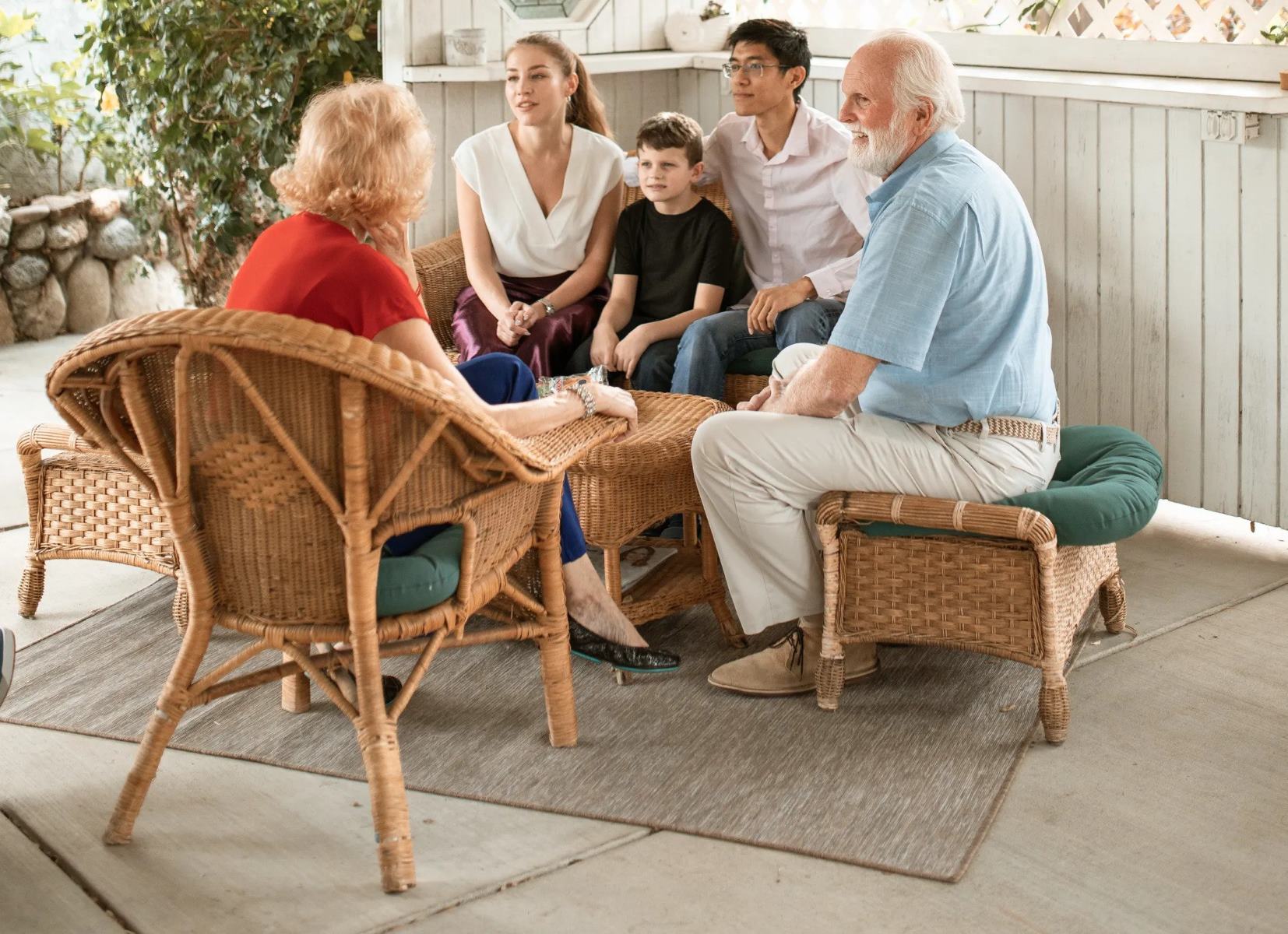
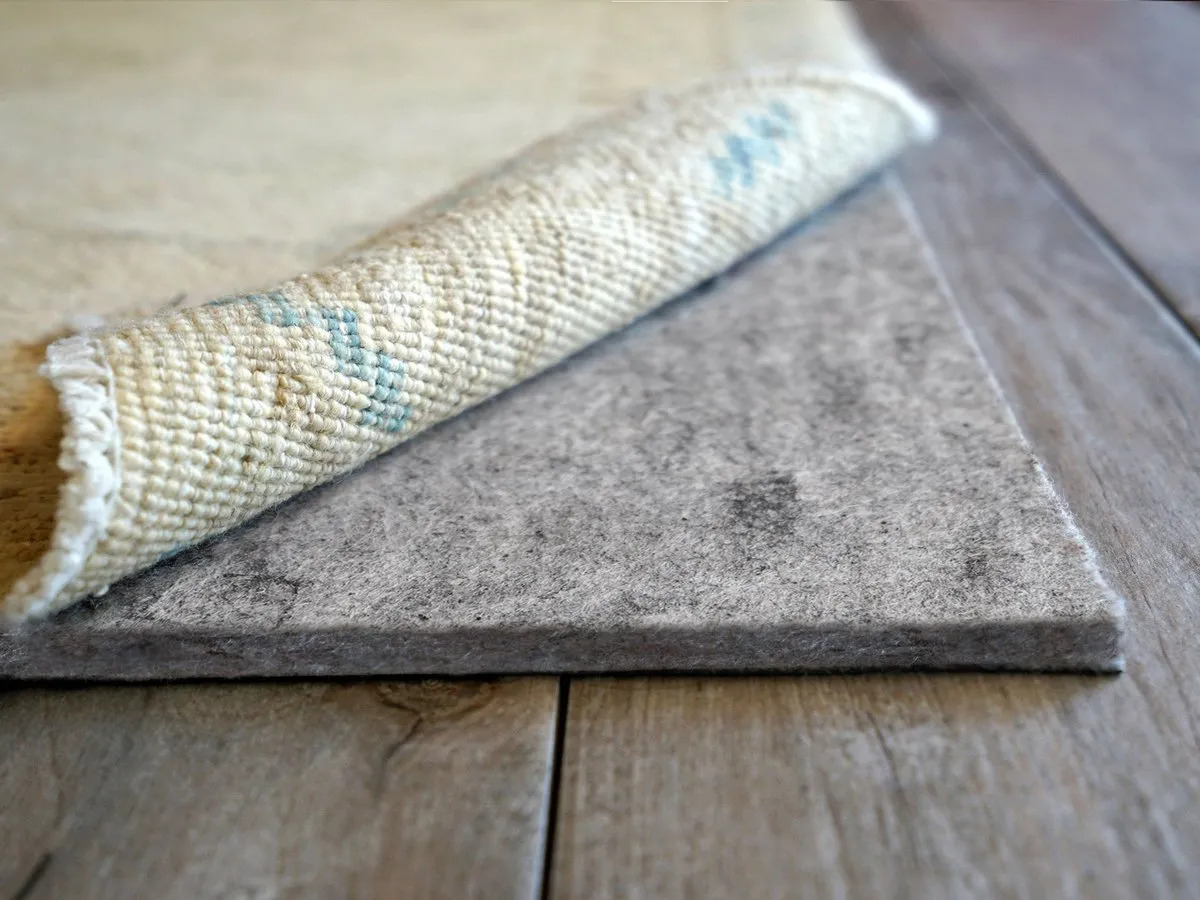
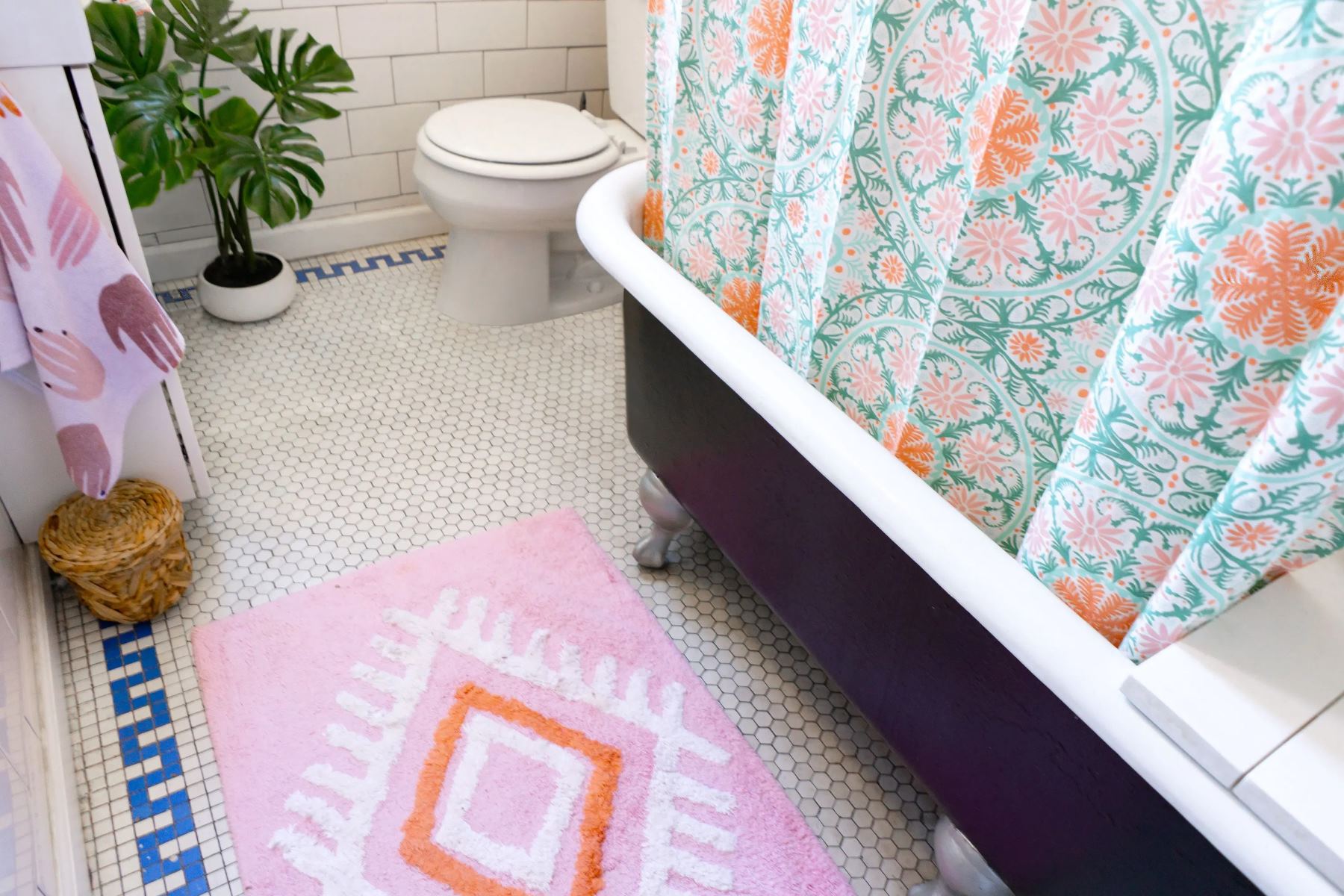
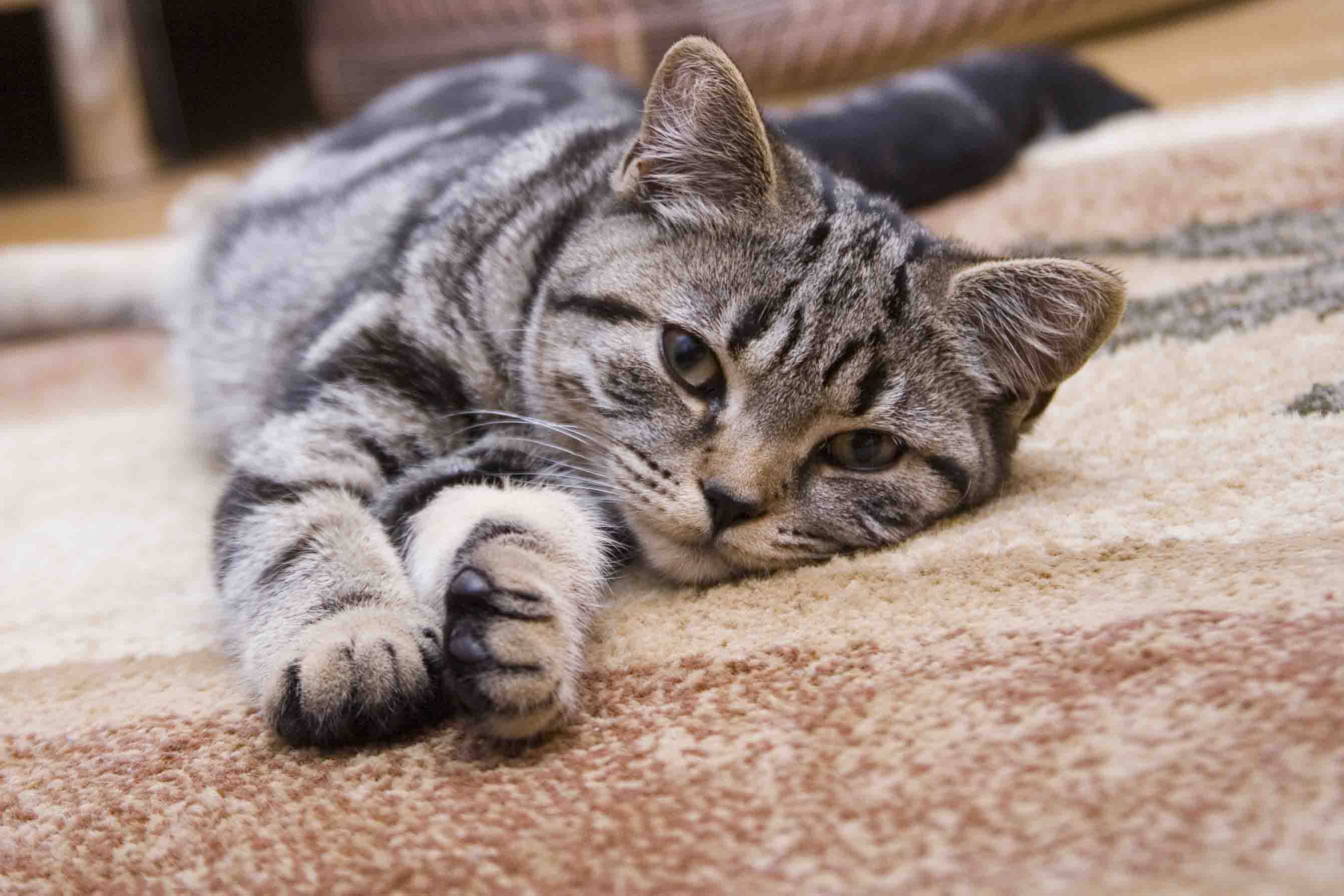
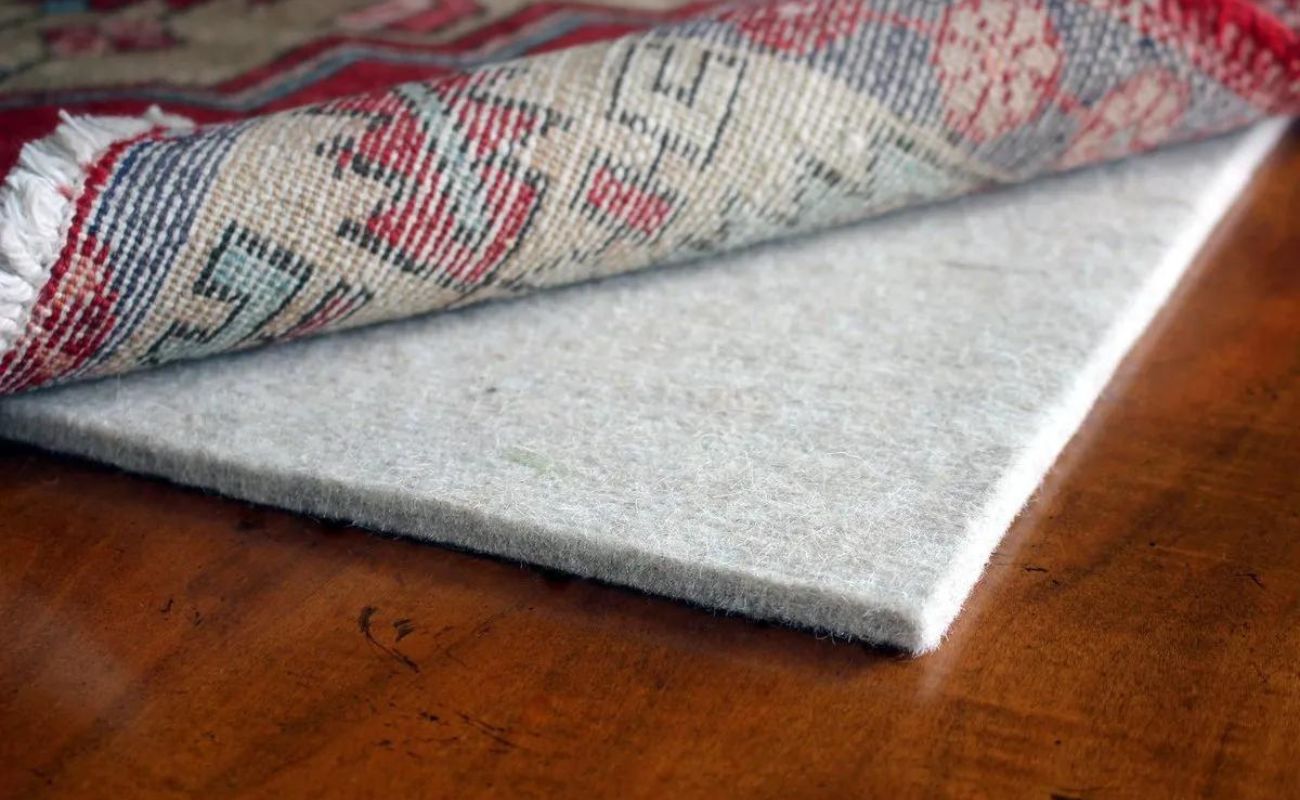
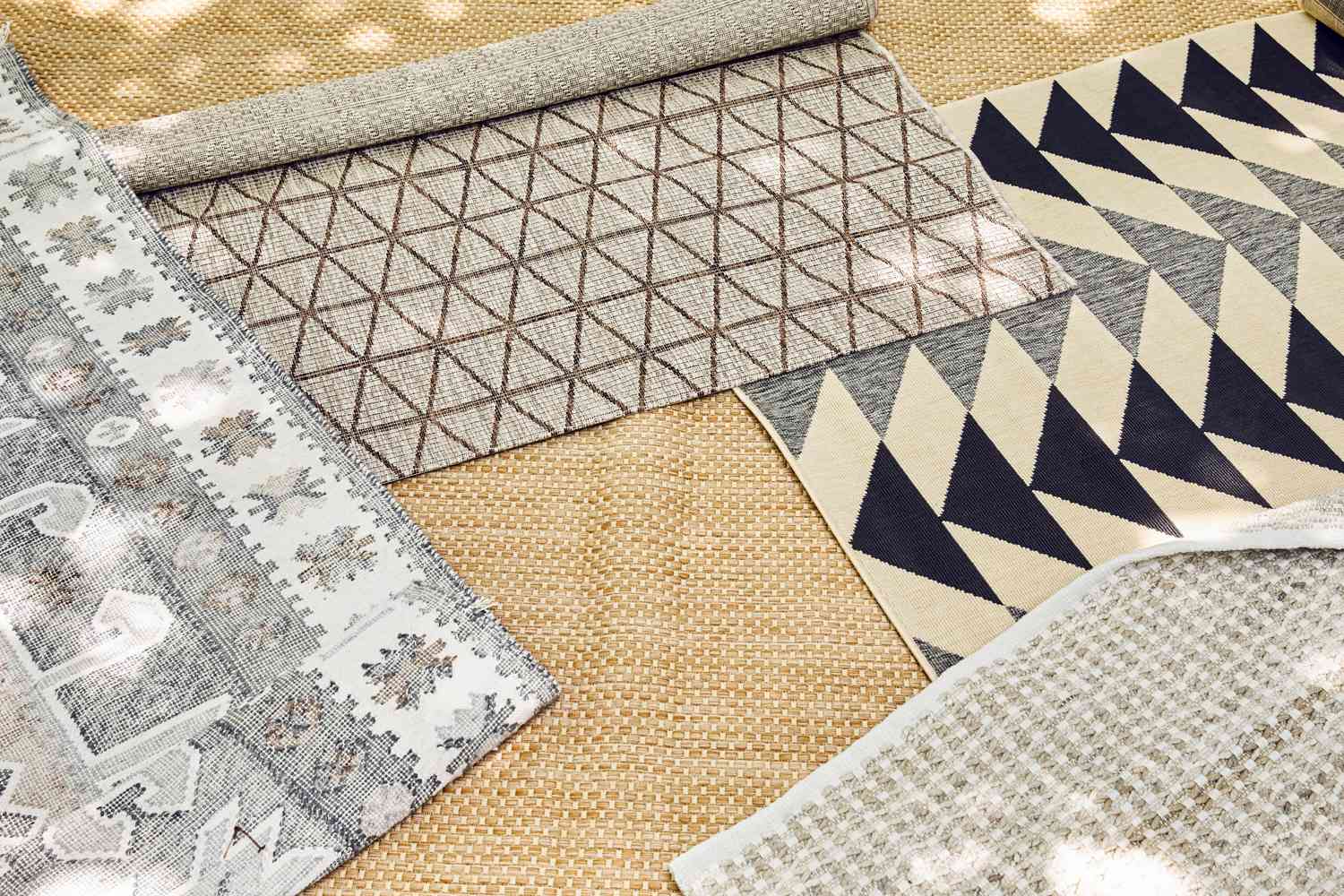
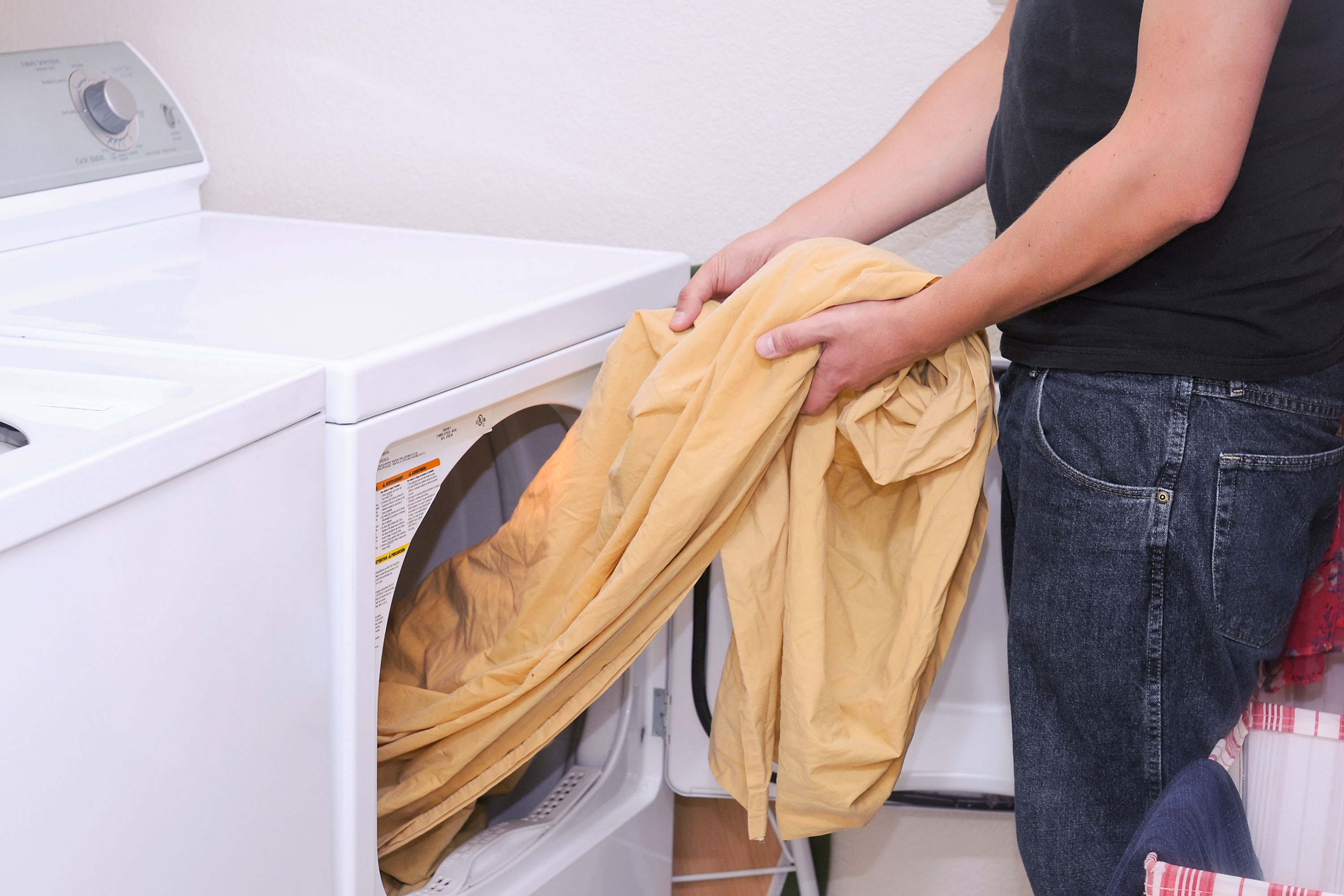
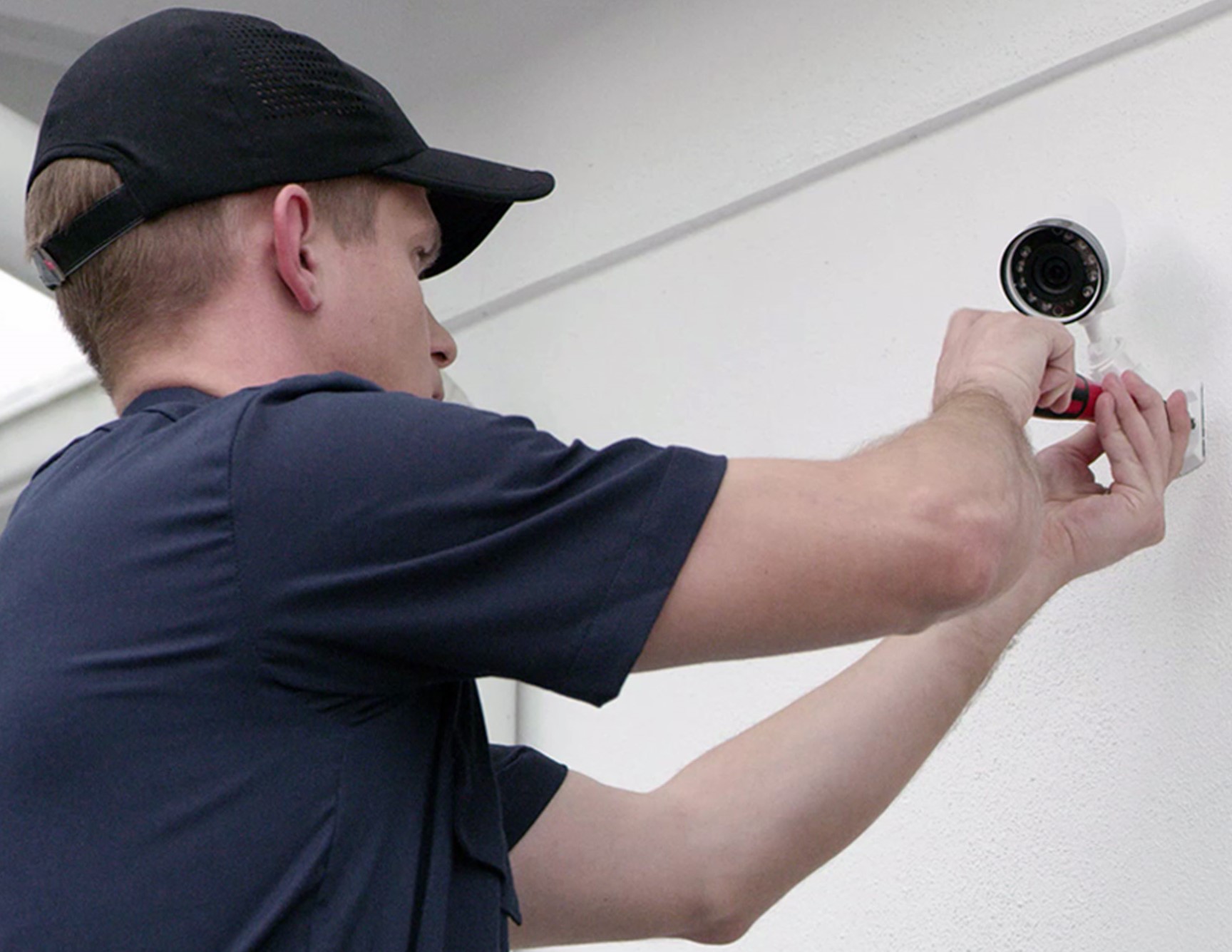
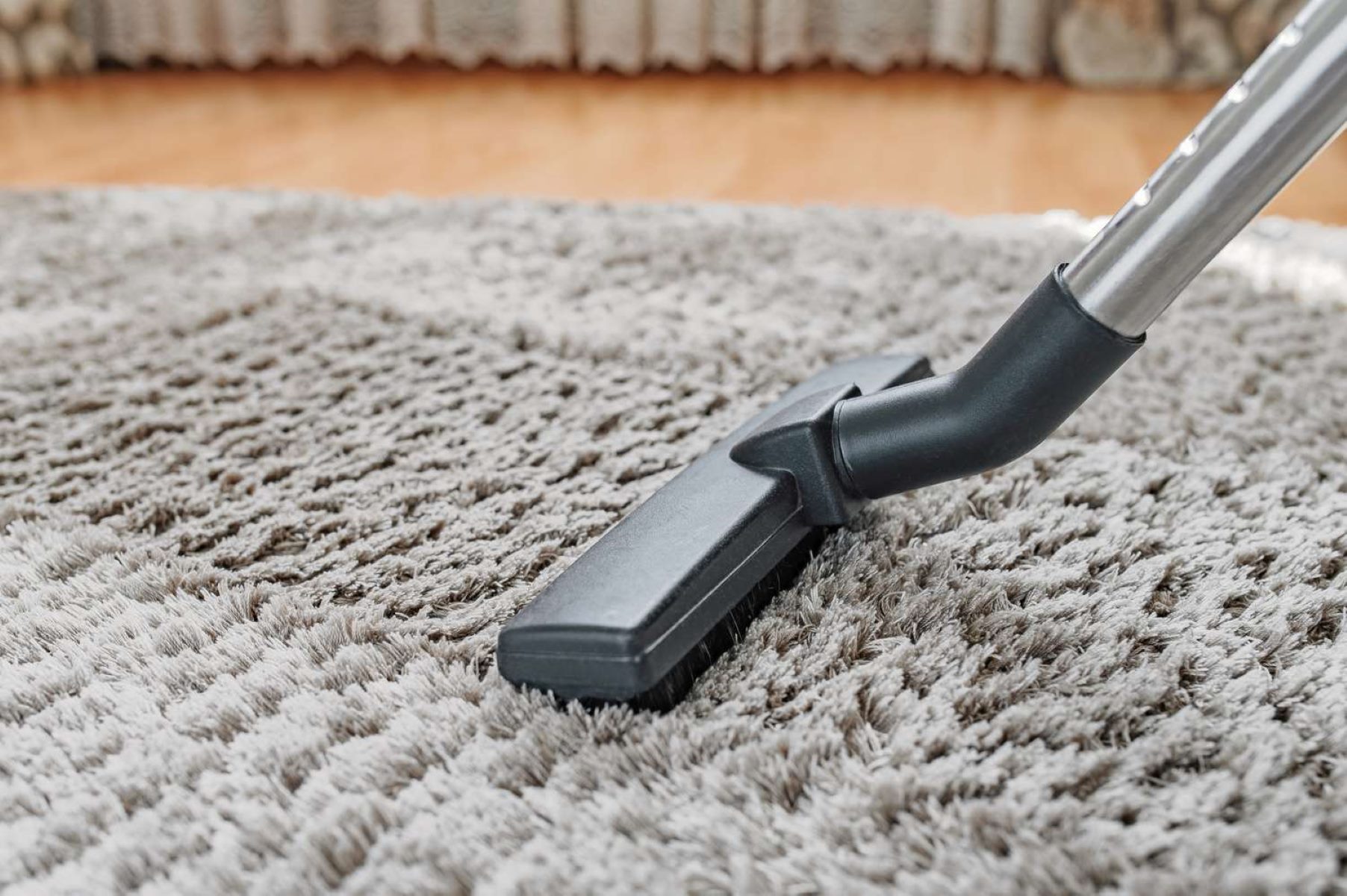
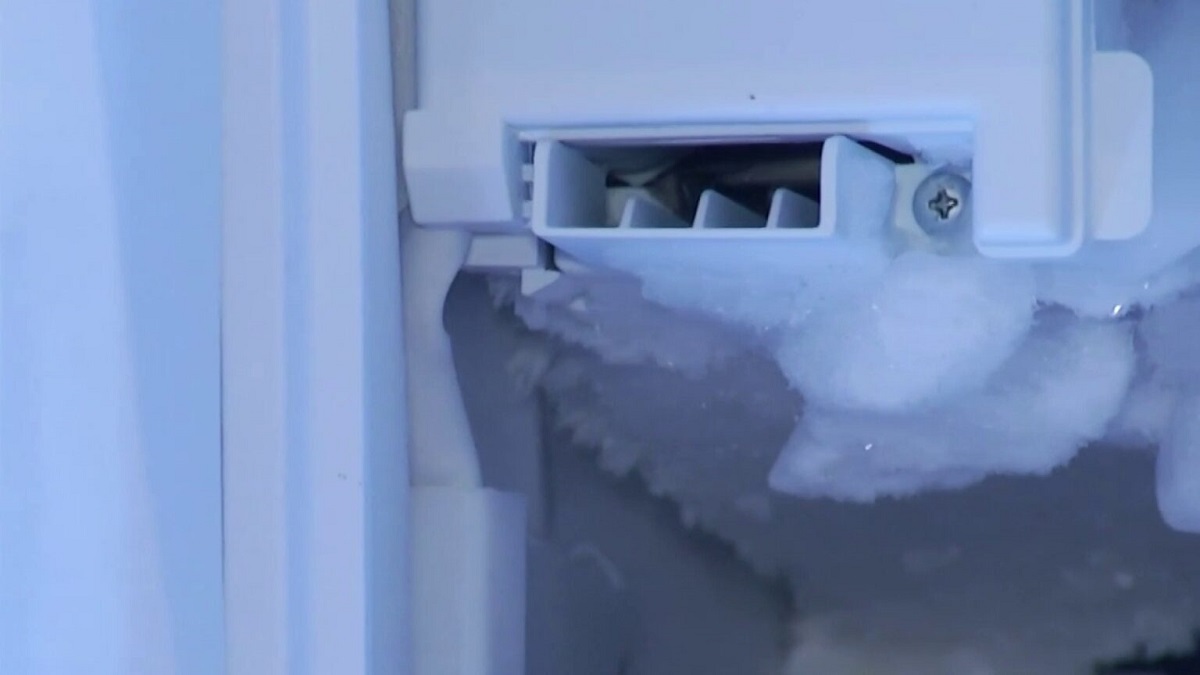
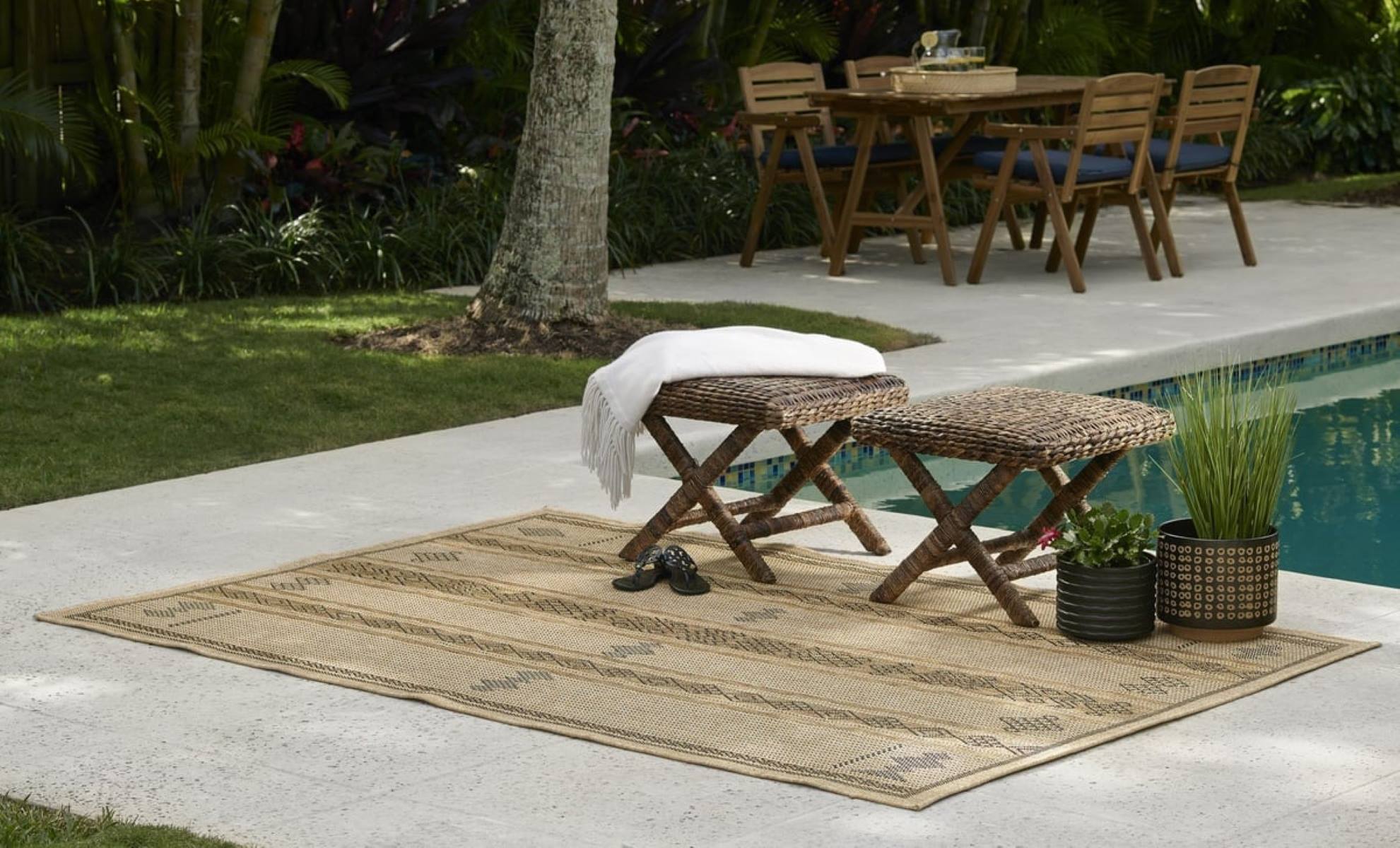
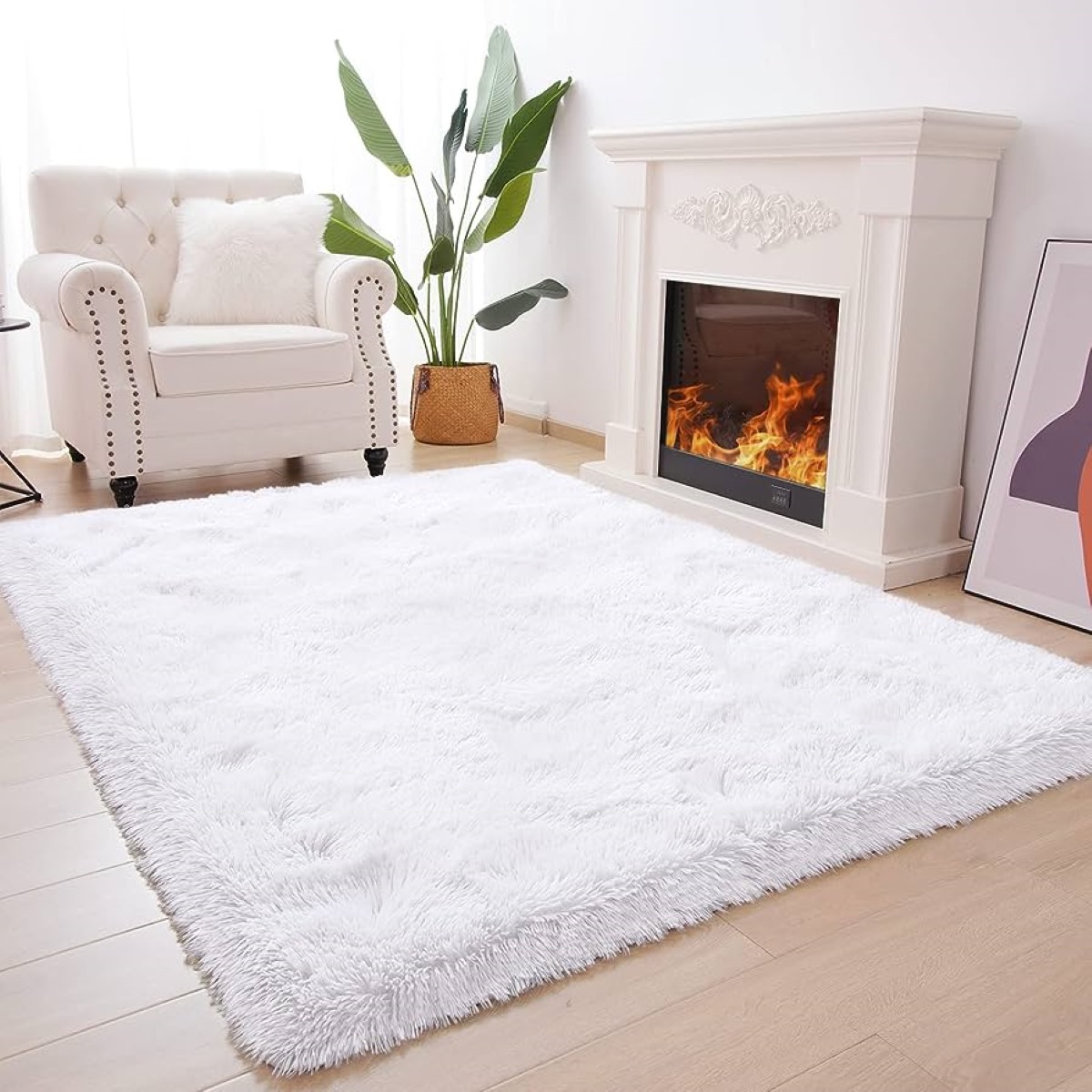
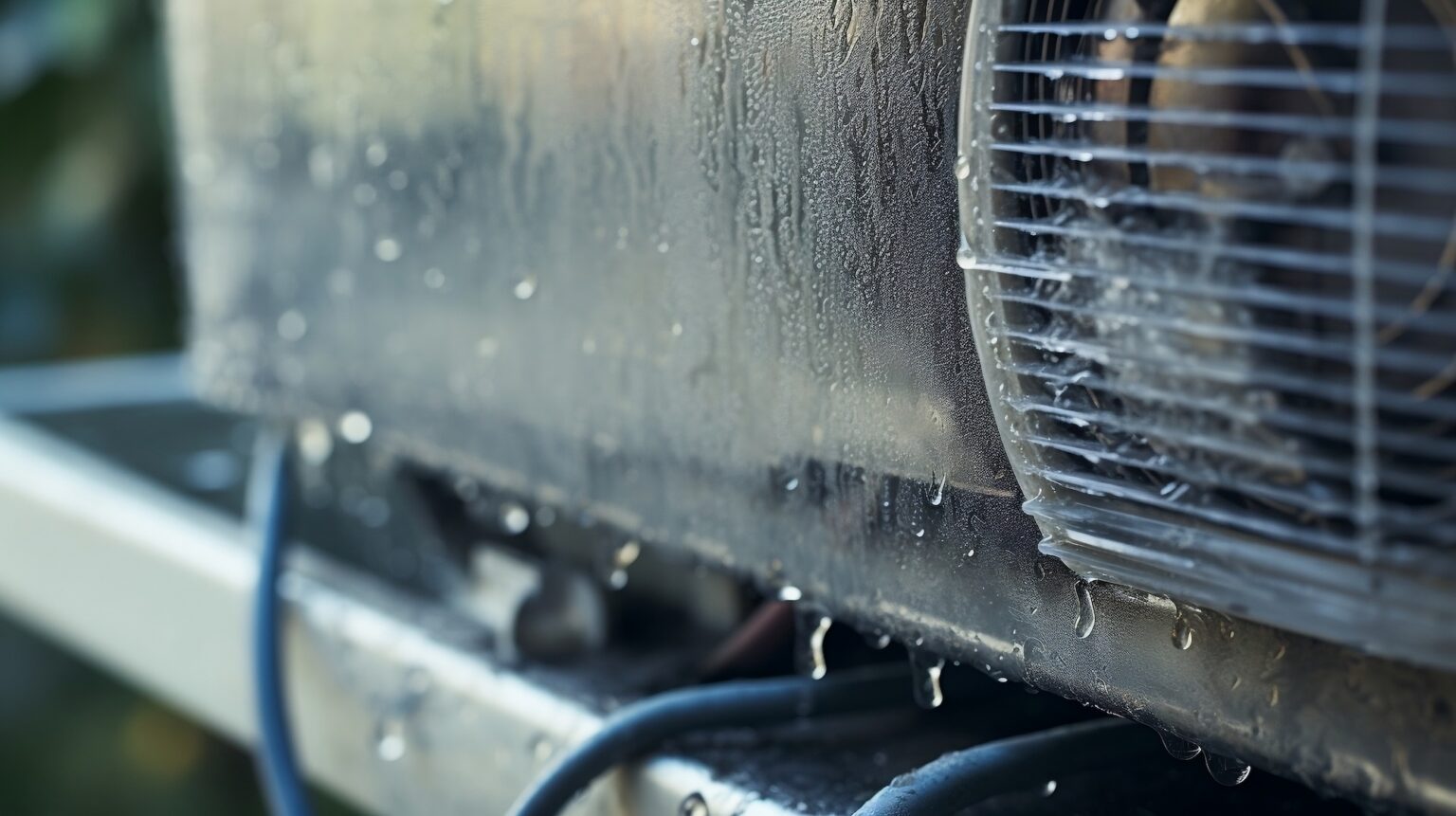
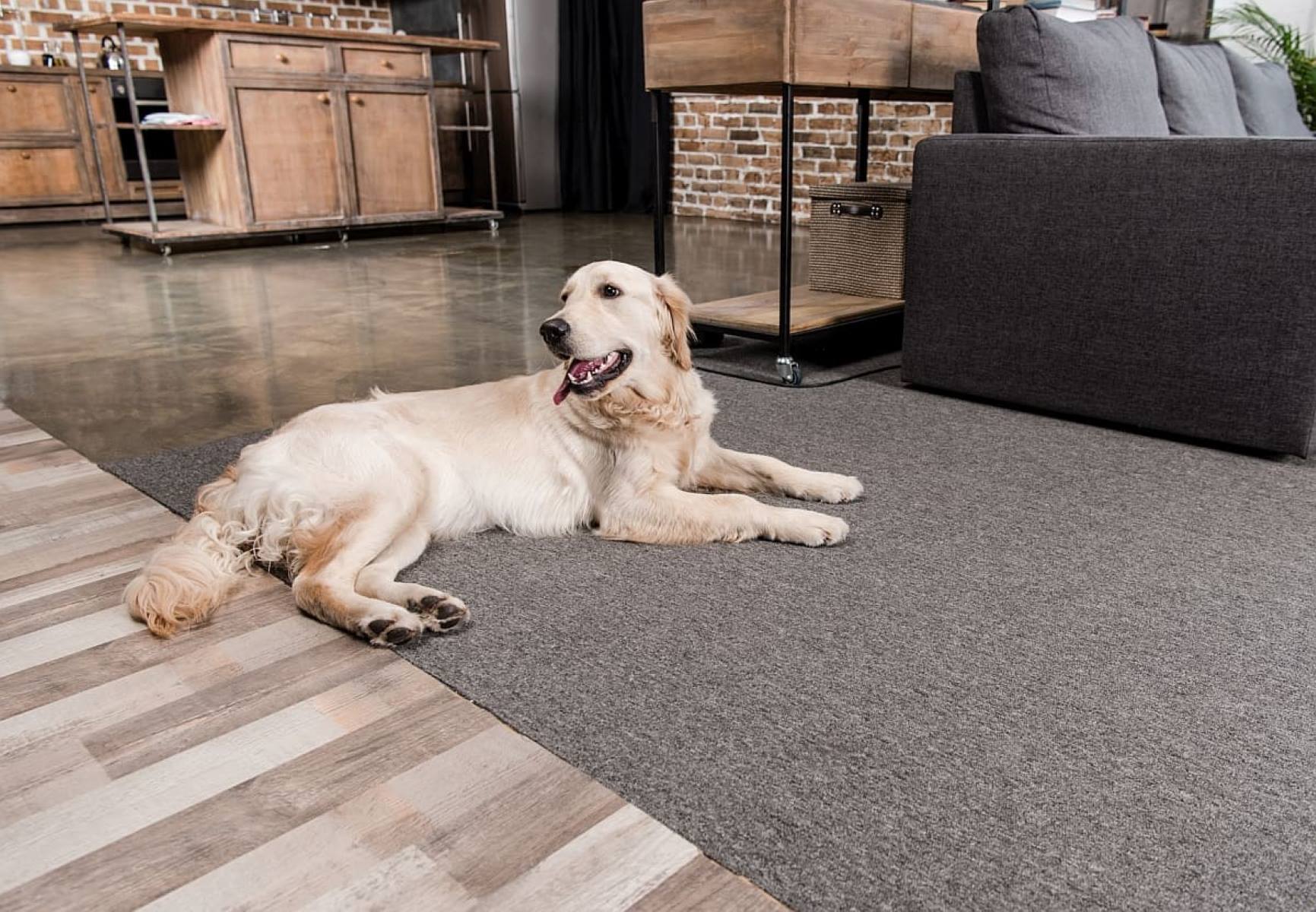

0 thoughts on “How To Keep Rugs From Curling Up”